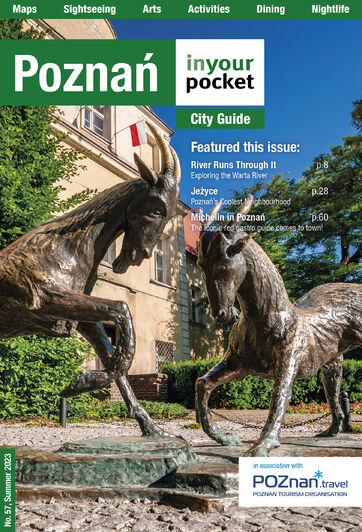World War II Poznań
more than a year agoPrisoners processed through Dom Żołnierza usually ended up in the (still functioning) prison on ul. Młynska, or the notorious Fort VII in the far west of the city. Used as a penal camp, this network of 19th century fortifications today serves as the Wielkopolska Martyrs Museum, and its gloomy subterranean chambers are filled with relics recovered from the site – photographs, cutlery, wallets and rosaries. Outside, the ‘Death Wall’ commemorates the thousands executed by firing squad.
It was actually in Poznań in 1943 that Himmler declared Nazi intentions to exterminate Jewish life, and today little survives of Poznań’s Jewish heritage, with the early 19th century graveyard on ul. Głogowska destroyed by the Nazis, before being incorporated into the Poznań International Fair complex by communist authorities after the war.
The Soviet siege of Poznań resulted in 90% total destruction of the city’s Old Town, and a few images of the city in ruins can be viewed in the Historical Museum of Poznań inside the Town Hall. Another area defended to the last man was the fortress in Citadel Park just north of the Old Town, which today houses two military museums - the Poznań Army Museum and the Museum of Armaments. In addition to several war monuments, the Citadel Park also hosts a British military cemetery, which is the resting place of Allied airmen shot down over Poland during WWII and also several of those captured during “The Great Escape” - the famous POW escape story popularised by the Hollywood movie with Steve McQueen.



Comments